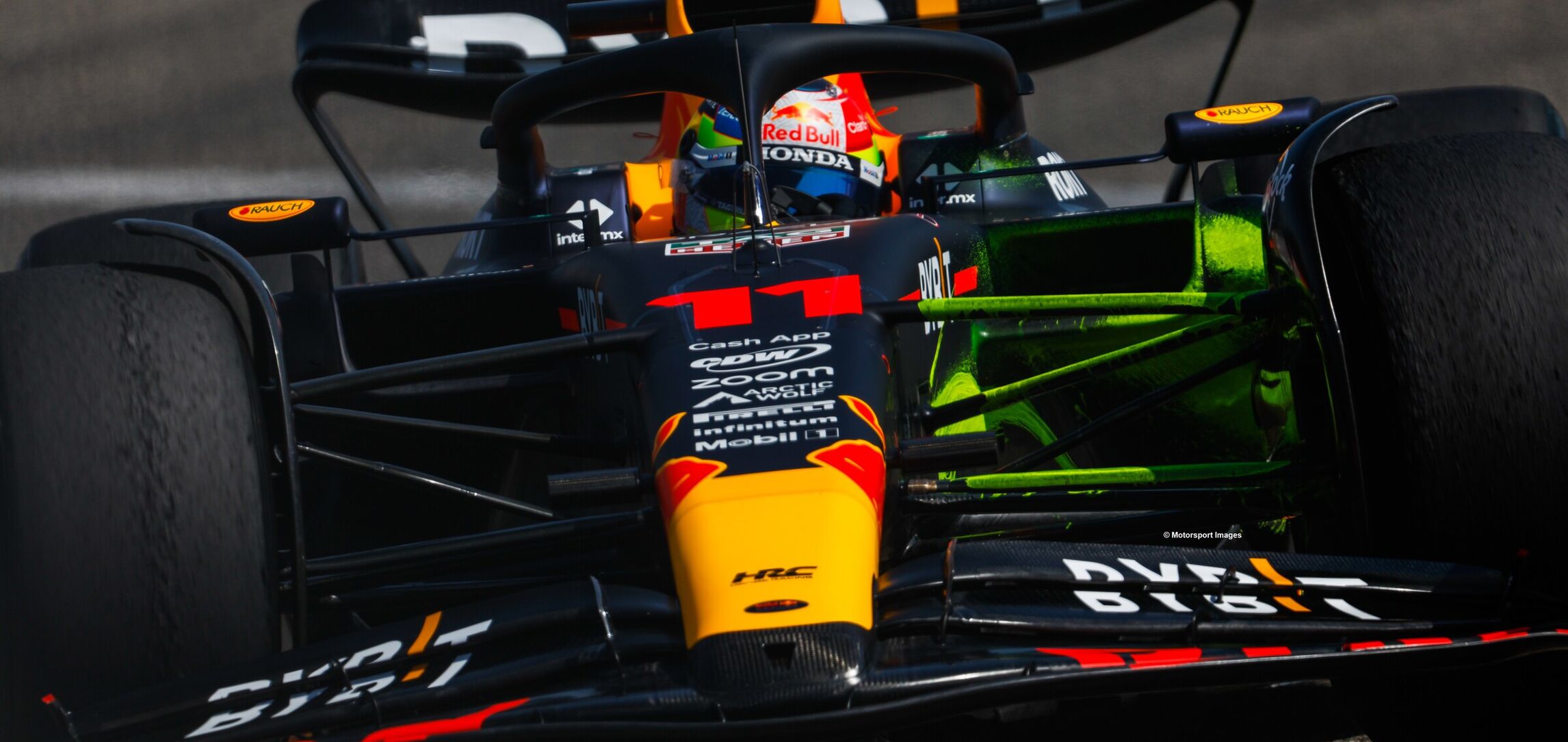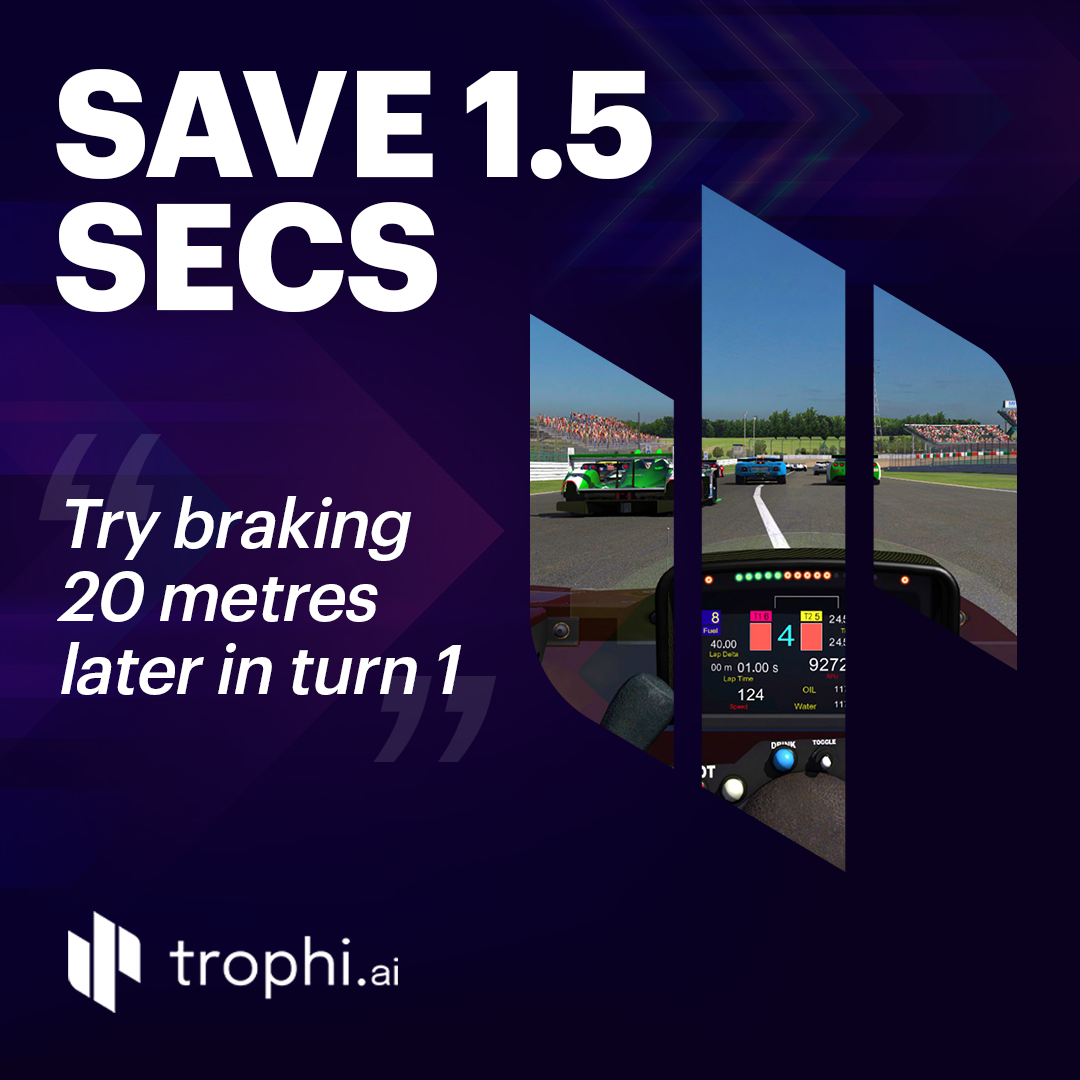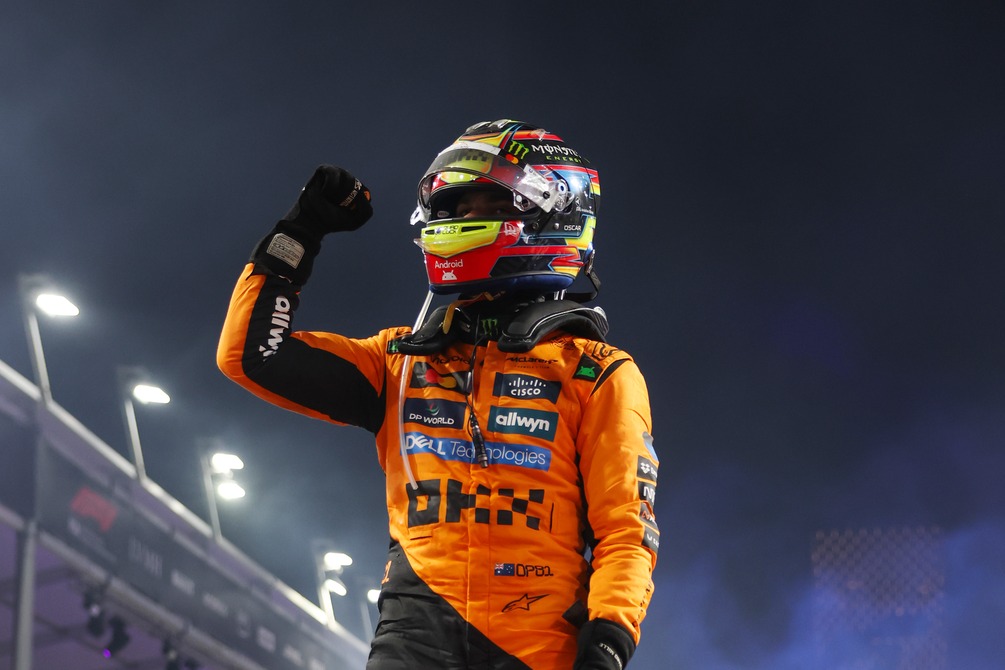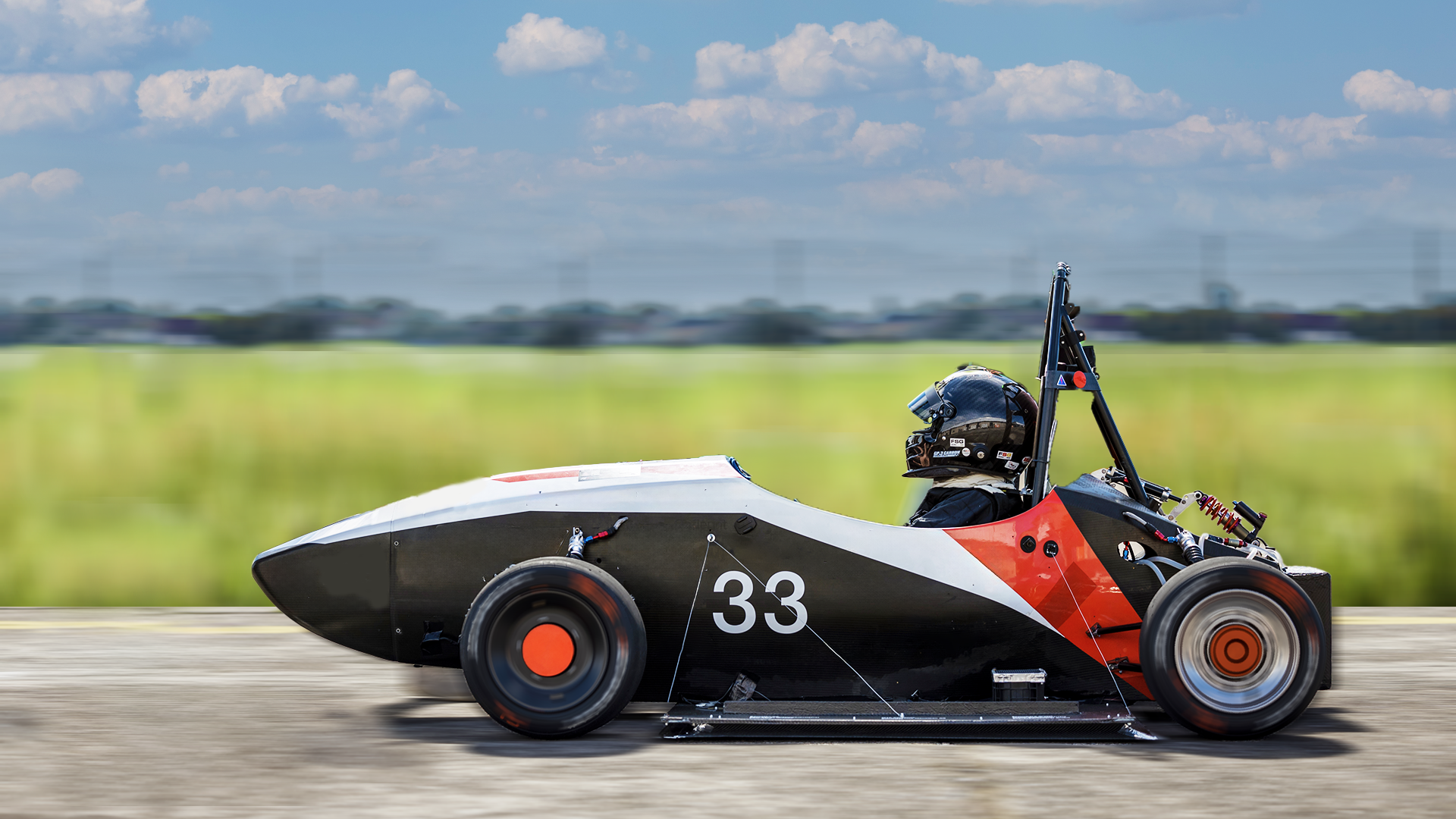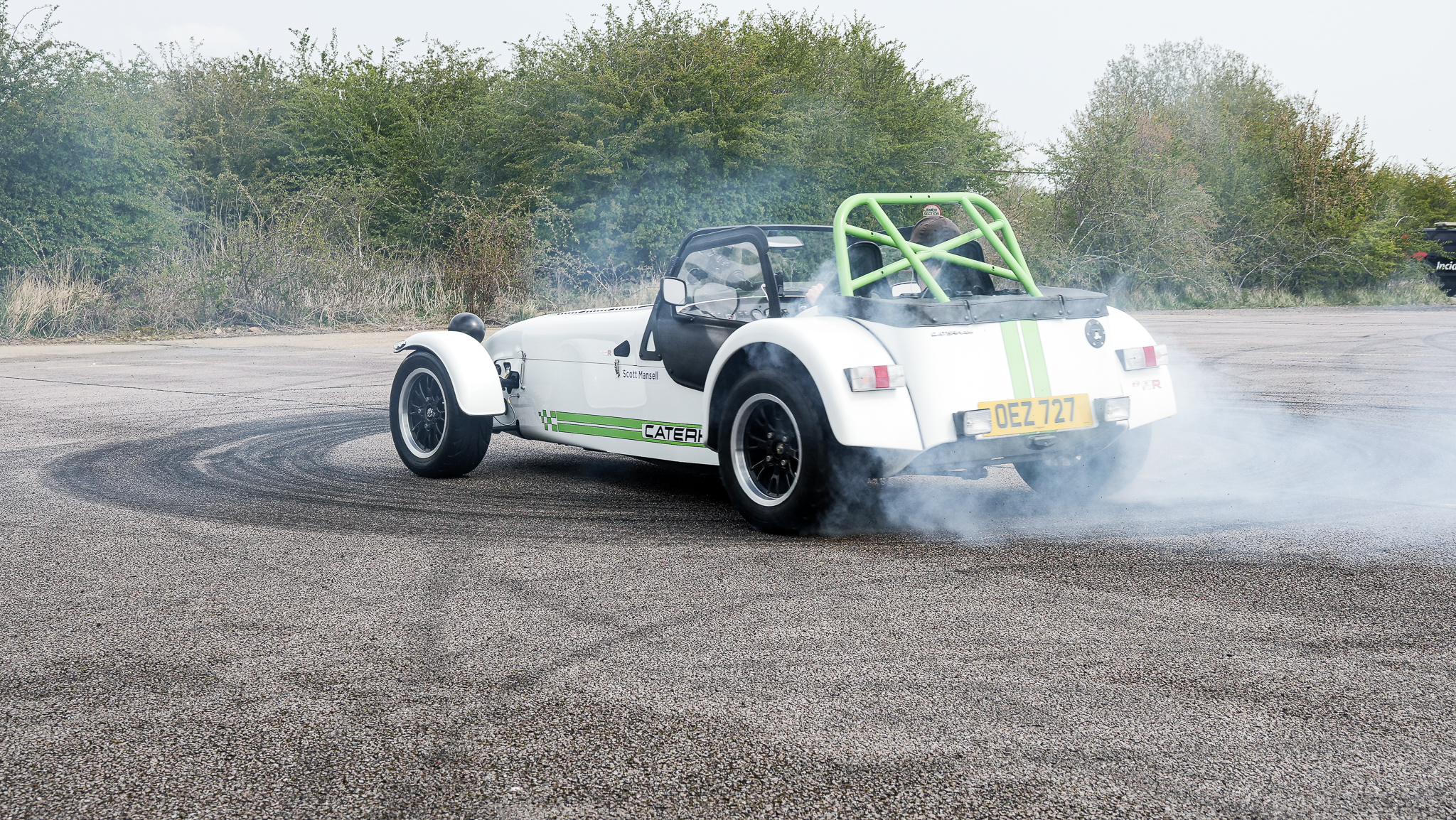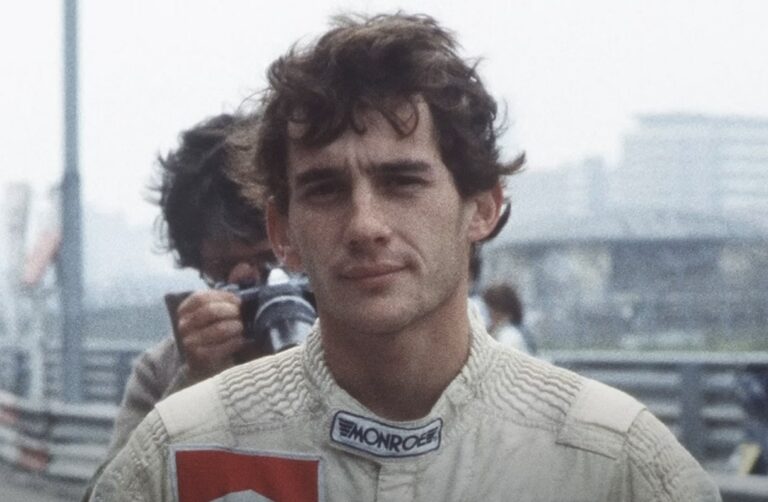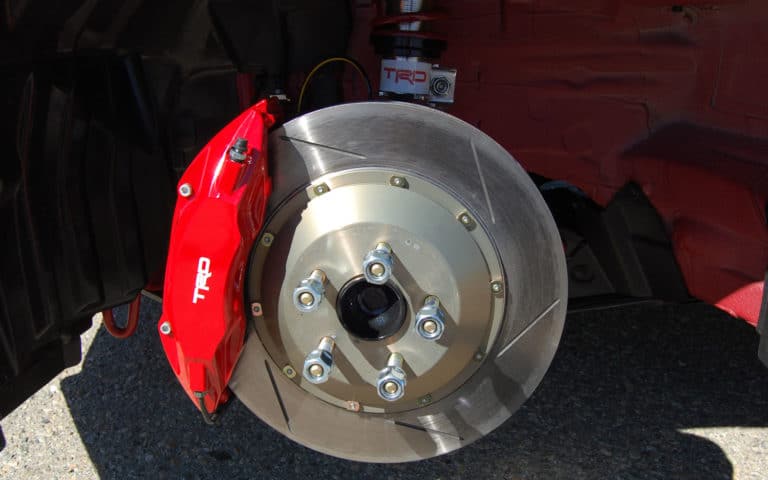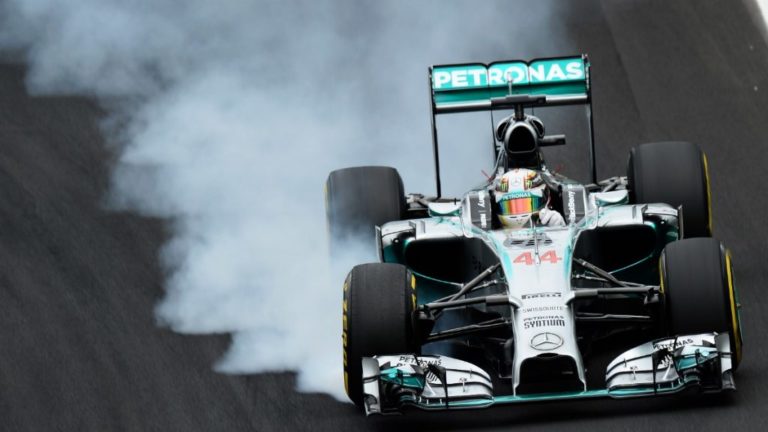How to Win a Race in the Wet
Transcription
In this video, I’m going to explain how F1’s greatest drivers excel in tricky wet conditions. I’m Scott Mansell, a pro driver from driver61.com where I have racing drivers reach their potential on track. Racing in the wet is one of the biggest challenges a driver will face and one that as fans, we all love to watch. It’s the greatest leveler of machinery and the moment when great F1 drivers can outshine their cars showing off their incredible feel and car control. Think of Schumacher in Spain in ’96, Hamilton at Silverstone in 2008, Senna and Monaco in ’84 or Senna at any time it happened to rain.
Today, I’m going to explain why racing in the wet is such a challenge and the techniques great F1 drivers use to extract the most from their machinery in rainy conditions. First, I’d love to get your thoughts.
Who current or otherwise is the greatest F1 wet weather specialist driver ever? Leave your answers in the comments below.
The first thing to understand is that, in the wet, using the normal dry racing line is usually not the fastest way around a circuit. Over a Grand Prix weekend, and thanks to previous events at a circuit, a thin layer of rubber gradually builds up on the ideal and ordinarily used racing line. Each car that breaks turns and accelerates with soft sticky tires leaves a trace of rubber on the circuit. This is great in dry conditions as rubber on rubber means more grip hence why the circuit evolves over a race weekend with the times getting quicker and quicker as a circuit cleans up and rubber is in.
However, when the rain comes, the build-up of rubber on the circuit becomes extremely slippery and it can be faster for the drivers to actively try and stay off the normal racing line and therefore, the rubber. There is a reasonably big difference in the amount of grip given on and off the normal racing line. A good driver will try to stay off it. However, it’s not as simple as being on or off the rubber. Different parts of the circuit and different corners will give different amounts of grip. Even though drivers will have a fundamental idea of where the grip should be, they should move their car onto different pieces of track to actually test it as there are so many variables that can affect grip levels in the wet.
Senna and Schumacher used to do this very well and now we see the likes of Hamilton, Alonso and Verstappen testing different parts of the track for grip in a similar manner. When a driver does this, they’ll better understand the difference in grip levels on and off the rubber and be able to extrapolate the information around the rest of the circuit. A good driver on the brakes can make up lots of time in the wet, but with changing conditions and grip levels, it’s very difficult to get the perfect braking point at every corner on every lap. A driver will make up the most time on the breaks during the longer braking zones. Think a long straight into a hairpin. In these braking zones, the normal racing line is to brake as late as possible on the outside of the circuit. In the wet, it’s often better to do the majority of the braking three or more meters from the outside of the circuit.
The reason for this is so where on the grippy part of the circuit and can decelerate faster, knock in the speed out of the car in the most efficient way possible. When the braking phase is almost complete, drivers will usually move the car back to the outside of the circuit to open up the corner again making the angle of the racing line as wide as possible once more.
It’s an established technique learning karting as an eight-year-old. In the wet drive around the outside. Again, the benefit here is having higher levels of grip. The downside is that you have to turn for longer and travel a further distance around the outside of the corner. As with deceleration, getting a good exit out of each corner especially those with a long straight afterwards will have a huge benefit on the driver’s lap time. For that reason, great wet weather drivers will generally square off the exit of a corner. As with most wet weather driving technique, this is to stay off the rubber and straighten the exit even though it’s mathematically not the most efficient racing line.
Once the car is set in the corner and the driver can begin to see the exit, they will slow the car very slightly to make it turn a bit sharper, then cut back to position the car just inside the dry racing line. The car will now have a straight edge directory towards the corner exit and be on a piece of the track with higher grip hence propelling them down the following straight faster. The technique of squaring up the exit of the corner works best if the following straight is longer as the time benefit accumulates as you accelerate further.
Aquaplaning is one of the most horrible things you can experience as a driver. It’s one part of racing where a driver’s skill in trying to save the car, at least, doesn’t make that much difference. Aquaplaning happens when a car’s wet tires can’t shift the standing water on the surface of the track quickly enough and the car ends up riding on a film of water rather than the infinitely grippy attract surface. It’s why wet racing tires and Road car tires have tread, so the standing water can move into the grooves. F1’s big wide tires combined with the high speed as well as a low plank means that F1 cars are prone to aquaplaning. Even though Pirelli say that for wet moves 65 liters of water per second at maximum speed, the best solution for a driver is to never aquaplane. To do this, they must avoid at all costs the puddles rivers and other standing water on the circuit. This is why you’ll often see them following in each of those tire tracks when there’s a lot of rain.
With F1’s aerodynamics working the air around the cars as hard as possible, there are huge visibility issues in the wet. The water is literally sucked up by the diffuser and wings before a thick cloud of vapor is hung in the air as a challenge to the following drivers. This is an advantage if you’re out front but a massive headache if you’re anywhere from the mid-pack back.
As the following driver can’t see much out front, they’ll use their peripheral vision much more. This mainly helps in the big braking areas where drivers will use the braking reference such as a Marshall’s post or signage to help engage their latest braking spot.
Driving in the wet is hugely difficult but that’s why, as fans and drivers, we love it. It really highlights the great drivers in F1, where new drivers in an otherwise uncompetitive car can earn a surprise result.


